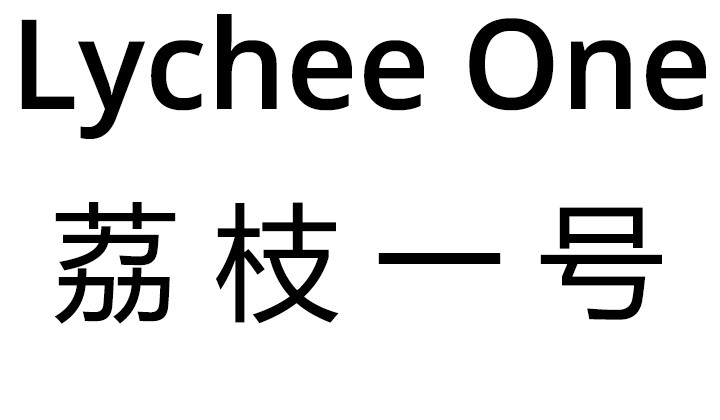Alexander García Düttmann, “Here’s Looking at You,” mixed paint, 2014.

In one of the images I have been sent I can see the bust of a woman. Her face seems to be turned towards a piece of cloth, a towel of stiffened chamois leather, or a soft canvas, that hangs on the wall. It remains almost invisible to me, but her hair, assembled into a small heap, suggests that she is not a loose woman. She knows what she wants without being selfish, without projecting only her own image onto the screen in front of her. She wants to look at something intently. She wants to take it seriously. Or she wants the screen to make her dream, but not frivolously. She wants to look out the window. It is only a white bust, a neck and a head emerging out of a malleable mass of wax, perhaps even carved out of marble, with a strange protuberance on the upper part of the figure’s back that the artist has not removed and that resembles the stump of an oddly placed wing, like the central engine on an MD11. The other object is only a white surface, perhaps the remainder of a faded photograph, or a sculpture of a photograph. What if she were sitting in a plane, as I am right now, flying over the sunny landscape of the South of France in early autumn? She remembers a day she spent in Aix a few years ago and looks forward to a short trip to the surroundings of Arles in two weeks time. I hope she will forgive me for indulging a pun. Now that I have begun to study her, the name Aix suggests to me the French word for peace, paix. May I call her Arlette? On the one hand, she invites me to imagine a scene, though she would recoil almost imperceptibly if I were so tactless as to make a scene and thereby fill the space and the time that stretch between us. This is not the bust of a woman who makes, or before whom one makes, a scene. Yet an installation – and here two artists working together, a sculptor and a photographer, have installed a female bust opposite a sheet that has been loosely attached to a partition in a gallery – is always the imagination of a scene, and that’s why I tend to find installations so tiresome. Installations turn correspondences into a heavy and bulky matter because they make them their main business. They are too embedded in the politics of meaning. On the other hand, she is so quiet, so present and so withdrawn, that she effortlessly undoes anything that would remind me of an instal- lation, of the willful and theatrical arrangement of elements charged with meaning and meant to create even more meaning. On the one hand, on the other hand – a bust has no hands, so she does not know what I am talking about, and why should she care in the first place? I cannot tire her out, no matter what I do or say. The lecher is a stalker, the lover belongs to the people who say good-bye. Why, I have fallen in love with her!
- Alexander García Düttmann
